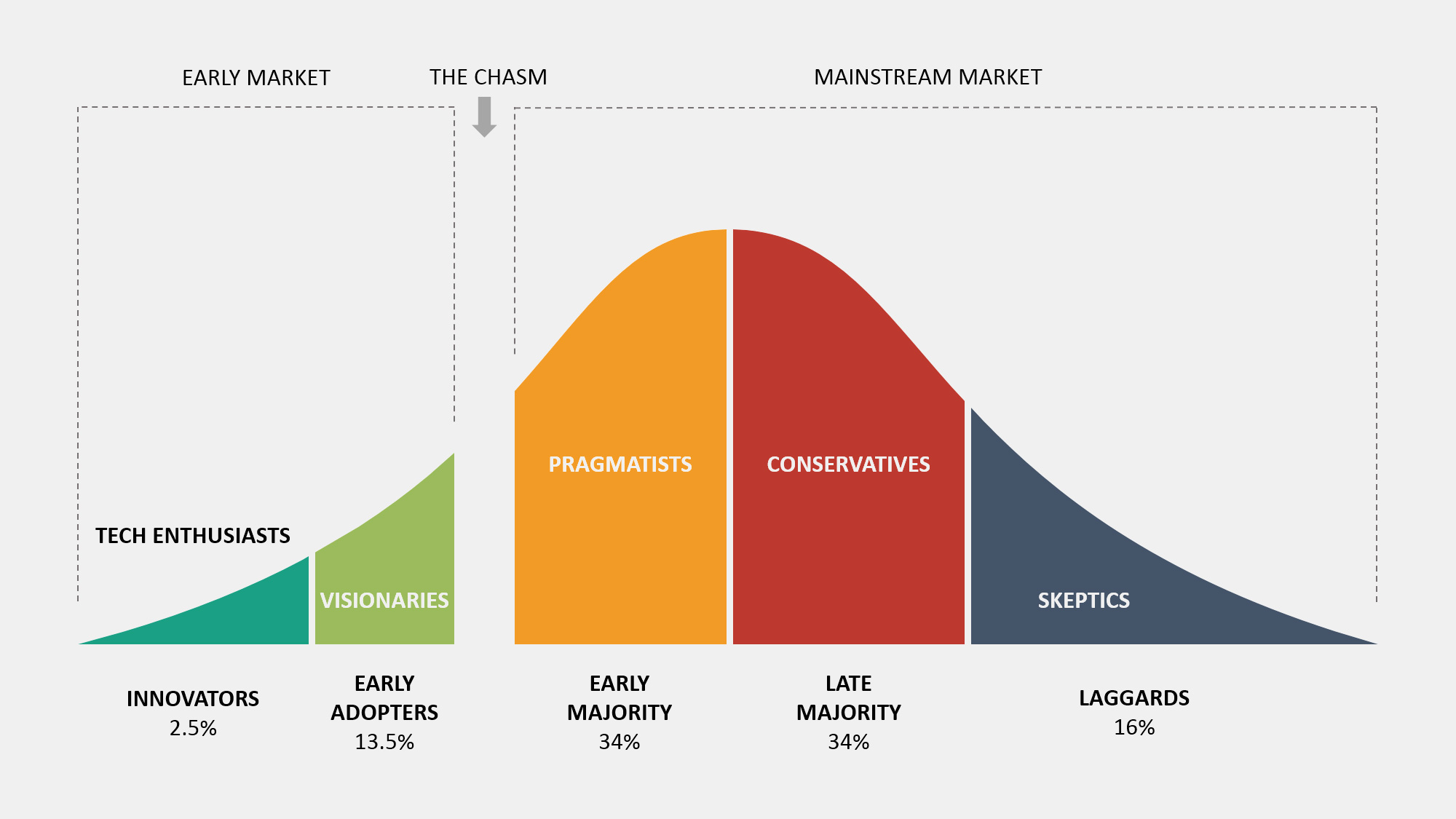Technology
Unlock maximum value from technology by creating innovative architecture and operational models.
The Importance of technology strategy
By integrating technology into your strategy, you can unlock growth, optimize resources, and stay ahead in a rapidly evolving digital landscape.
Technology strategy is crucial because it aligns technological investments with business goals, ensuring that technology serves as a driver of growth and competitive advantage.
In a rapidly evolving digital landscape, a well-defined technology strategy helps organizations anticipate and respond to market changes, innovate efficiently, and optimize operations.
Why it Matters:
- Revenue Growth: Companies that lead in digital transformation grow their revenues and cut costs faster than their competitors. Specifically, digital leaders can achieve revenue growth rates up to 30% higher than their peers.
- Digital Transformation Priority: Digital transformation is a top priority for 74% of organizations, reflecting its critical role in maintaining competitive advantage and achieving business goals.
- Efficiency Improvements: 69% of IT decision-makers view digital transformation primarily as a way to improve process efficiency. This operational focus is crucial for adopting advanced technologies and streamlined digital processes.
- Cybersecurity and Risk Management: 68% of business leaders recognize that enhancing cybersecurity is essential due to increased risks of cyber-attacks and data breaches. An effective IT strategy helps mitigate these risks by identifying potential vulnerabilities and implementing robust security measures.
The Technology Adoption Life Cycle

Together we inspire people in an interconnected world.
Find out how we tackle this: learn about our vision, values and strategy, what we do for people, Switzerland and the environment, and how we embrace the network and innovation.
Key actions in technology adoption
Reduce Tech Debt:
- Optimize Tech Expenses: By reducing technical debt, companies can reallocate resources to innovation and growth. This involves refactoring code, removing redundant systems, and upgrading legacy technologies.
- Strategic Investments: Focus investments on technologies that provide long-term benefits and align with business goals. This might include migrating to cloud platforms, adopting microservices architecture, or integrating AI and machine learning tools.
Enterprise Architecture:
- Leverage Advanced Technologies: Implement cutting-edge solutions like cloud computing, AI, and IoT to enhance operations. These technologies improve efficiency, reduce costs, and enhance the customer experience.
- Business Continuity and Risk Reduction: Develop a robust enterprise architecture that supports business continuity plans and mitigates risks. This includes building resilient IT infrastructure, ensuring data redundancy, and implementing comprehensive cybersecurity measures.
Growth Strategy:
- Market Expansion: Use technology to explore new markets and customer segments. This could involve leveraging digital marketing tools, expanding e-commerce capabilities, and utilizing data analytics to identify growth opportunities.
- Customer Capabilities: Develop new capabilities to enhance customer satisfaction and engagement. This might include implementing CRM systems, developing personalized customer experiences, and offering new digital services and products.
- Innovation and Development: Invest in research and development to create innovative products and services. Encourage a culture of innovation within the organization by supporting idea generation and collaboration across teams.
Operational Model:
- Smart Operating Model: Develop and implement an intelligent operational model that enhances agility and supports growth. This involves automating routine tasks, improving data analytics capabilities, and fostering a culture of continuous improvement.
- Scalability and Flexibility: Ensure the operational model can scale efficiently with business growth and adapt to changing market conditions. This might include adopting a DevOps approach, utilizing scalable cloud solutions, and promoting agile project management methodologies.
Ready to take your business to the next level? Contact us today to learn more about how our high-quality technology services can help you achieve your vision. Let’s work together to create a technology strategy roadmap for your success.